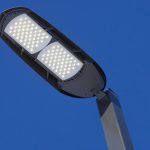LED Grow Light Electricity Usage: How Much Energy Do They Really Consume?
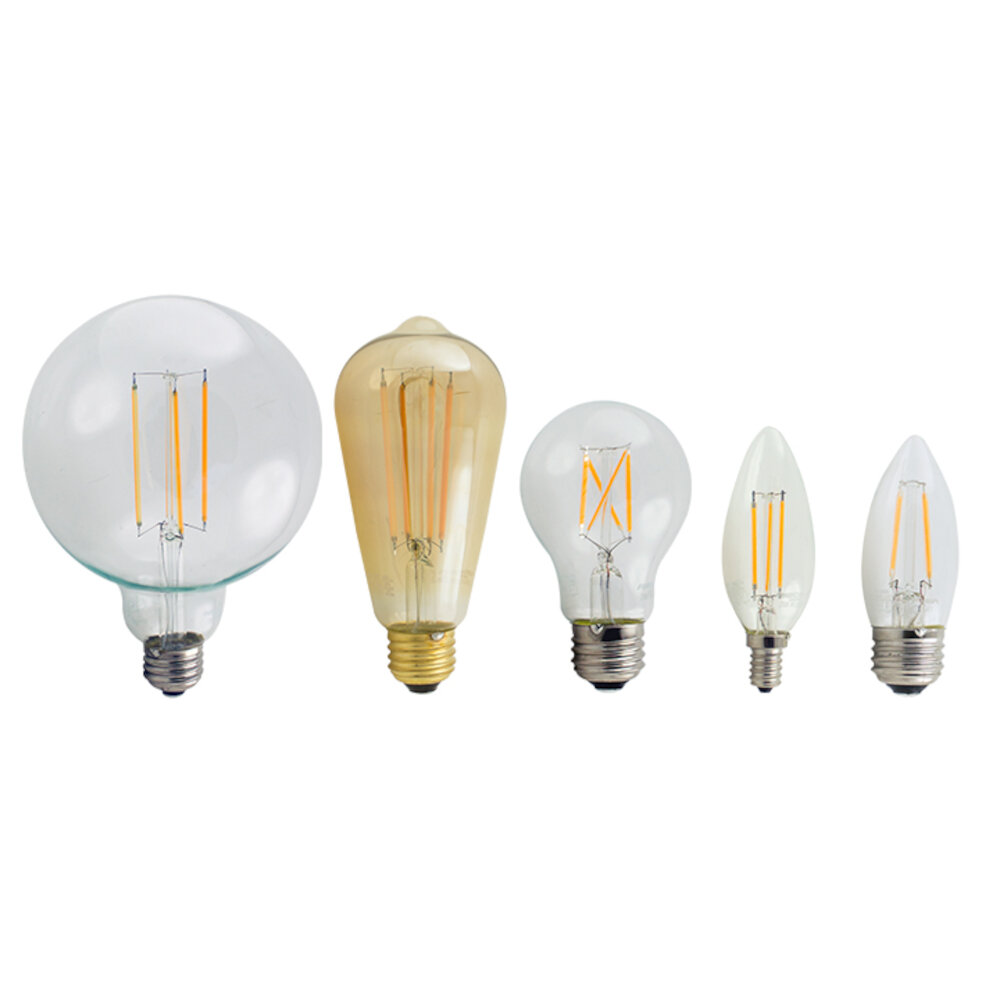
LED grow lights have become a popular choice for indoor plant cultivation due to their energy efficiency and effectiveness in plant growth. However, a common concern among growers is how much electricity these lights consume and how it affects their energy bills. LED grow lights are designed to provide plants with the specific spectrum of light they need to thrive, but the amount of energy they use depends on several factors. In this article, we will explore the factors that contribute to LED grow light electricity usage and provide insights on how growers can optimize their energy consumption while maintaining optimal plant growth. LED grow lights have gained popularity in recent years due to their energy efficiency compared to other types of grow lights, such as high-intensity discharge (HID) lights. LED grow lights can produce the same amount of light as HID lights while using significantly less energy. However, the actual energy consumption of LED grow lights varies depending on several factors, including the size of the light, the number of diodes, and the light intensity. In addition, factors such as the plant type, growth stage, and the duration of light exposure can also affect energy usage. Therefore, understanding how these factors contribute to LED grow light electricity consumption can help growers make informed decisions when selecting and using these lights.
LED grow lights have become increasingly popular in recent years due to their energy efficiency and effectiveness in cultivating plants. These lights use light-emitting diodes (LEDs) to provide the necessary spectrum of light for plant growth, while consuming significantly less energy than traditional high-pressure sodium (HPS) or metal halide (MH) grow lights. The popularity of LED grow lights has also been driven by their lower heat output, longer lifespan, and ability to be customized for specific plant species and growth stages. As more growers shift towards sustainable and cost-effective lighting solutions, LED grow lights are likely to continue their rise in popularity.
Understanding energy consumption is crucial to effectively managing and conserving our resources. In the case of LED grow lights, knowing how much energy they consume is essential for both growers and policymakers. High energy consumption not only increases the cost of production but also contributes to environmental degradation by increasing greenhouse gas emissions. By understanding the energy consumption of LED grow lights, growers can make informed decisions about which lights to use and how many to install, while policymakers can create regulations that promote energy-efficient lighting practices. Ultimately, reducing energy consumption can lead to cost savings, a more sustainable environment, and a more secure energy future.
What are LED Grow Lights?
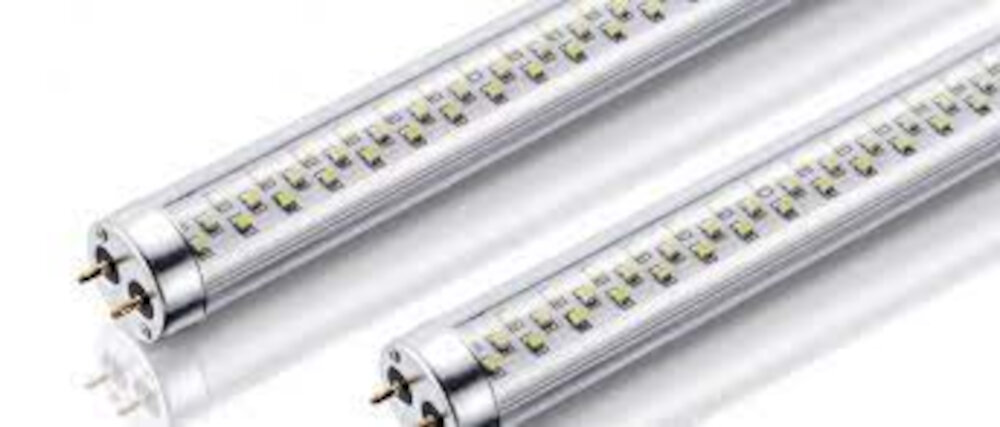
LED grow lights are specialized lighting systems designed to promote plant growth by providing the necessary spectrum of light required for photosynthesis. These lights are more efficient and effective than traditional light sources like fluorescent and incandescent bulbs. They are designed to emit focused, directional light that can be easily directed onto plants, making them an ideal choice for indoor gardening. LED grow lights also produce less heat compared to other light sources, which helps to maintain optimal growing temperatures in enclosed spaces. These lights can be used for a variety of plants, including vegetables, fruits, flowers, and herbs, and can be customized to suit specific growing needs. One of the biggest advantages of LED grow lights is their low energy consumption. These lights use significantly less electricity compared to other light sources, which makes them an attractive option for indoor gardeners who want to save on energy costs. LED grow lights are designed to produce light that is specifically targeted at the wavelengths that plants need for photosynthesis, which means that they waste less energy producing light that is not useful for plant growth. Additionally, LED grow lights have a longer lifespan compared to traditional light sources, which also helps to reduce energy consumption over time. Overall, LED grow lights are an energy-efficient and effective way to promote plant growth in indoor gardening environments.
LED grow lights are advanced and energy-efficient lighting systems designed to promote plant growth in indoor environments. Unlike traditional lighting systems, LED grow lights use light-emitting diodes (LEDs) that emit specific wavelengths of light that plants require for photosynthesis. LED grow lights convert electrical energy into light energy with minimal heat loss, making them much more efficient than other types of grow lights. These lights are available in a wide range of colors, with each color serving a specific purpose in the plant growth process. They can be customized to meet the specific needs of different plants and can be used throughout the growth cycle, from seedling to harvest. Overall, LED grow lights are a versatile, efficient, and cost-effective solution for indoor gardening.
Compared to traditional grow lights, LED grow lights consume significantly less energy. Traditional grow lights such as high-pressure sodium (HPS) and metal halide (MH) emit light that is not specific to plant growth, making them less efficient. They also generate heat, which requires additional energy to keep the grow room cool. In contrast, LED grow lights emit light that is specific to plant growth and produce less heat, reducing the need for cooling. This energy-efficient technology has made LED grow lights increasingly popular among indoor growers, as they can save money on utility bills while still achieving impressive yields.
Energy Consumption of LED Grow Lights
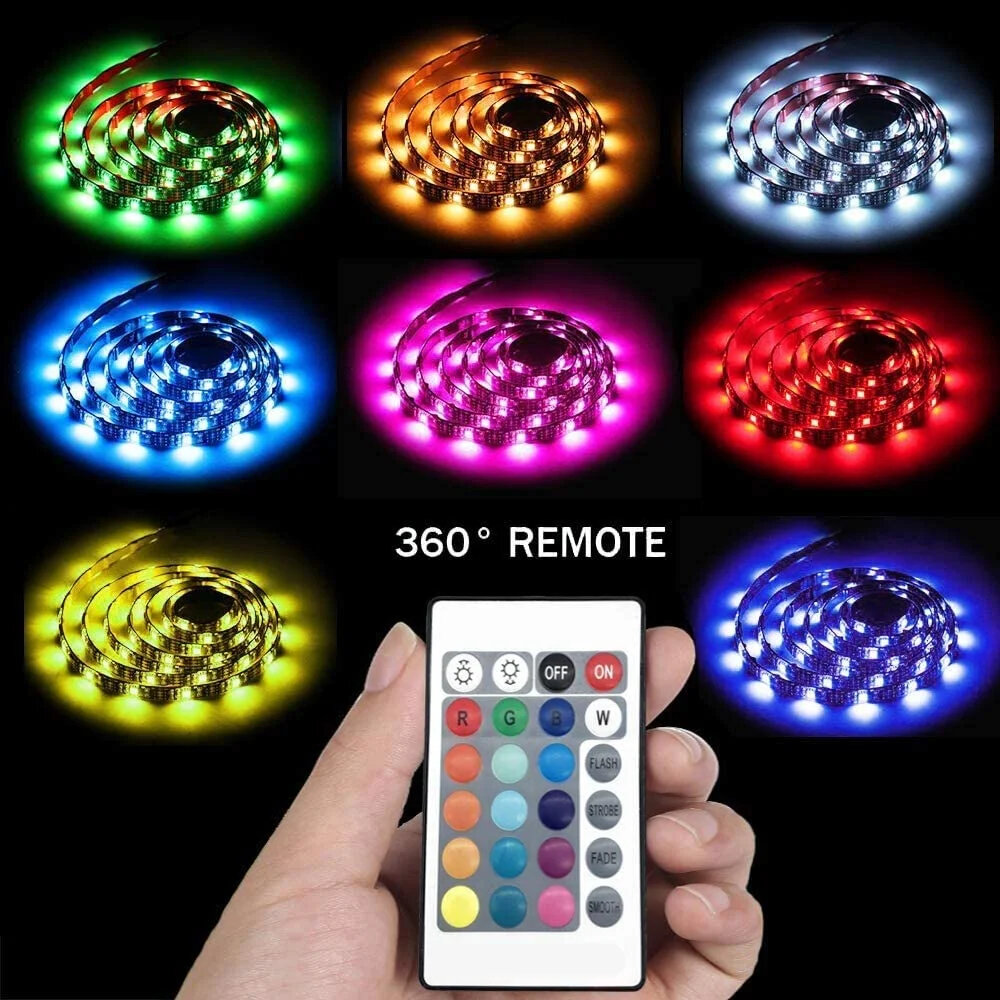
LED grow lights are becoming increasingly popular among indoor gardeners due to their energy efficiency and long lifespan. The energy consumption of LED grow lights is significantly lower than that of traditional high-pressure sodium (HPS) lights, making them a more sustainable and cost-effective option in the long run. The amount of energy consumed by LED grow lights varies depending on the size of the light and the wattage output. However, on average, a 1000-watt LED grow light may use around 500-600 watts of actual power. This means that LED grow lights use approximately 50-60% less energy compared to HPS lights, which typically use around 1000 watts of power. Moreover, LED grow lights have minimal heat output, which reduces the need for additional cooling systems and further minimizes energy consumption. Unlike HPS lights, which produce a lot of heat and require ventilation systems to regulate temperature, LED grow lights emit very little heat, allowing plants to grow closer to the light source without risk of heat damage. This not only saves energy but also reduces the overall cost of operating an indoor garden. In conclusion, LED grow lights offer a more sustainable and energy-efficient option for indoor gardening, making them an ideal choice for those looking to reduce their carbon footprint and save on energy costs.
Energy consumption refers to the amount of energy used by a device or system over a specific period of time. In the context of LED grow lights, energy consumption is measured in watts and refers to the amount of electricity used by the light to produce the necessary wavelengths of light for plant growth. This measurement is important as it can help growers determine the cost of their energy usage and optimize their energy efficiency. Additionally, energy consumption can be monitored and managed through the use of energy meters, which provide real-time data on energy usage and can help growers make informed decisions about their lighting setup.
There are several factors that can significantly affect the energy consumption of LED grow lights. One of the main factors is the wattage of the LED lights themselves; higher wattage lights will consume more energy than lower wattage lights. Another important factor is the number of hours per day that the lights are used, as well as the number of days per week. Additionally, the size of the grow space and the number of plants being grown can also impact energy consumption, as larger spaces and more plants may require more lights and therefore more energy. Other factors to consider include the efficiency of the LED lights, the type of plants being grown and their specific lighting needs, and any additional equipment or accessories being used alongside the grow lights.
LED grow lights are quickly becoming the preferred choice for indoor growers, and one of the main reasons for this shift is their energy efficiency. Compared to traditional grow lights, LED lights consume significantly less energy, which translates to lower electricity bills and a smaller carbon footprint. Traditional grow lights, such as high-pressure sodium (HPS) and metal halide (MH) lights, require a lot of energy to produce the same amount of light output as LED lights. In fact, LED grow lights can use up to 60% less energy than traditional grow lights, which can make a significant difference in the long run, especially for commercial growers who need to keep their operating costs low. Furthermore, LED grow lights produce less heat than traditional grow lights, which means less energy is needed for cooling systems, further reducing energy consumption.
Benefits of Using LED Grow Lights
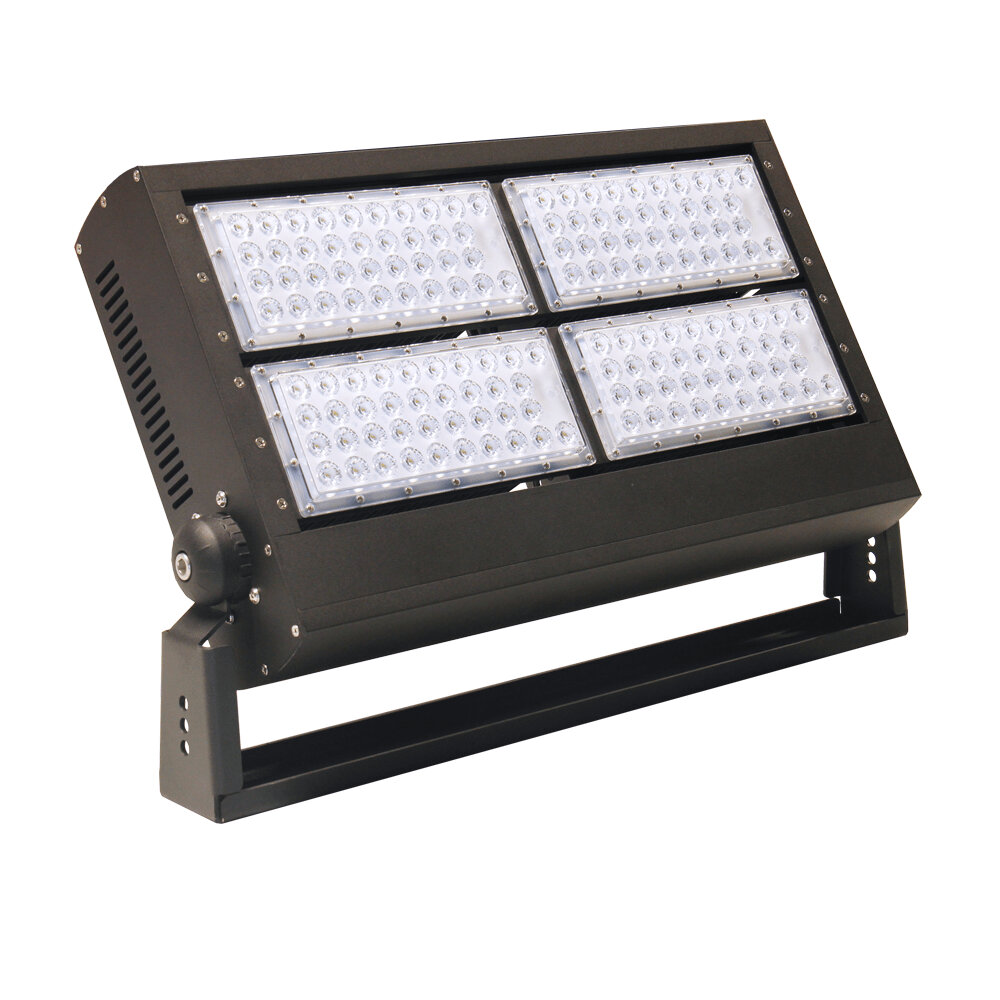
LED grow lights have been gaining popularity among indoor gardeners due to their numerous benefits. One of the most significant benefits of using LED grow lights is their energy efficiency. Compared to traditional grow lights, LED grow lights consume significantly less energy while providing similar if not better results. This means that not only are LED grow lights cost-effective in the long run, but they also reduce the carbon footprint associated with indoor gardening. LED grow lights also emit less heat, which means that the grow room requires less cooling, further reducing energy consumption. Additionally, LED grow lights have a longer lifespan, reducing the need for frequent replacements and minimizing waste. Another benefit of using LED grow lights is their flexibility. LED grow lights come in different colors and spectrums, allowing indoor gardeners to tailor the light to the specific needs of their plants. This means that growers can provide their plants with the exact light needed for each stage of growth, resulting in healthier and more productive plants. LED grow lights can also be adjusted in intensity, enabling growers to simulate different seasons and create the ideal growing conditions for their plants. This flexibility allows indoor gardeners to grow a wider variety of plants, including those that may not be suitable for their particular climate or growing conditions. Overall, LED grow lights offer a cost-effective, energy-efficient, and flexible solution for indoor gardening.
Efficiency and cost savings are two of the most significant concerns for growers when it comes to using LED grow lights. These lights offer substantial energy savings compared to traditional high-pressure sodium (HPS) lights, which makes them an attractive option for commercial growers. LED grow lights consume less energy and reduce energy costs, which can result in significant savings over time. Moreover, LED grow lights have a higher efficiency rate, meaning they produce more light per watt of energy consumed. This increased efficiency translates into less heat output and less strain on cooling systems, which also leads to additional cost savings. Overall, using LED grow lights is a smart investment for growers who want to maximize efficiency and reduce costs while improving their crop yields.
The use of LED grow lights in indoor farming has many environmental benefits. One of the main advantages is that they consume significantly less energy than traditional lighting systems, reducing the carbon footprint of indoor farms. LED grow lights also produce less heat, which reduces the need for additional cooling systems, leading to further energy savings. Additionally, as LED lights have a longer lifespan than traditional bulbs, they require less frequent replacement, reducing the amount of waste that would be generated from discarded bulbs. Overall, the adoption of LED grow lights can have a positive impact on the environment by reducing energy consumption and waste production in indoor farming.
With advancements in medical technology and improved access to healthcare, humans are living longer than ever before. This increase in lifespan has led to a greater demand for sustainable energy sources to meet the needs of an aging population. LED grow lights have emerged as a viable solution for energy-efficient indoor plant cultivation, reducing the amount of electricity required to maintain healthy plant growth. As we continue to push the boundaries of longevity, it is essential to consider the environmental impact of our actions and embrace sustainable solutions that benefit both our health and the planet.
Tips for Reducing Energy Consumption of LED Grow Lights
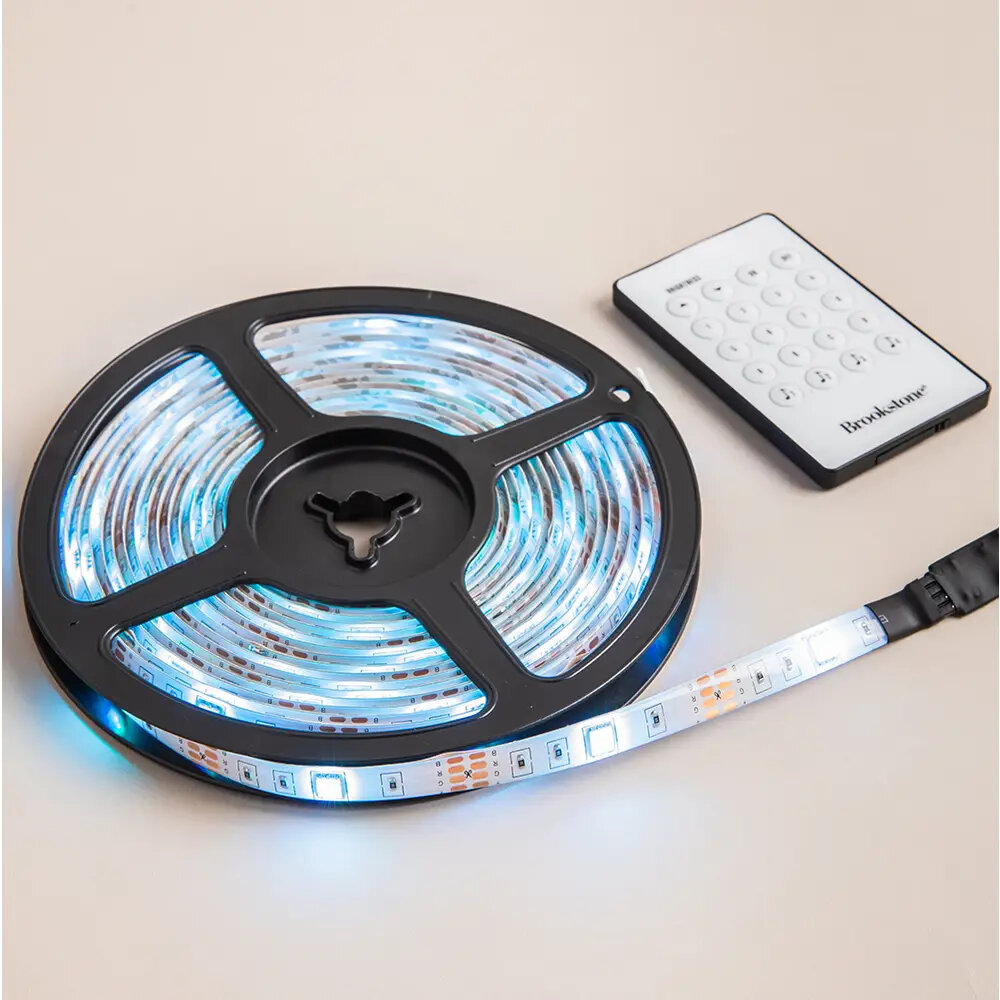
When it comes to indoor gardening, LED grow lights have become a popular choice due to their energy efficiency and long lifespan. However, these lights can still consume a significant amount of electricity, especially if they are used for extended periods. Therefore, it is essential to follow some tips to reduce energy consumption and lower your electricity bills. One of the most effective ways to reduce energy consumption is to adjust the light’s intensity according to your plants’ needs. Some LED grow lights come with dimming options, allowing you to lower the intensity when plants do not require as much light. This can help reduce energy consumption by up to 50%. Another tip to reduce energy consumption of LED grow lights is to use them during off-peak hours. Electricity is typically cheaper during off-peak hours, which means you can save money by using your LED grow lights during these times. You can also consider using a timer to turn the lights off automatically when they are not needed, such as during the night or when you are away from home. Additionally, it is essential to choose high-quality LED grow lights that are energy-efficient. Look for lights that have a high PAR (photosynthetically active radiation) output per watt, which means they produce more light per unit of energy consumed. By following these tips, you can reduce your energy consumption and save money while still enjoying the benefits of LED grow lights.
Proper use and maintenance of lights are crucial for efficient energy consumption and longer lifespan. When using LED grow lights, it is essential to follow the manufacturer’s instructions on installation, usage, and maintenance. Keep the lights clean and free of dust and debris to prevent energy loss and reduce the risk of fire hazards. Also, ensure that the light fixtures have proper ventilation to dissipate heat to prevent overheating and damage to the lights. Properly maintaining the lights’ wiring and connections and replacing any faulty or damaged components promptly is also essential to ensure optimal energy consumption and prevent electrical accidents. Lastly, it is best to use LED grow lights during periods of peak energy demand to help reduce the strain on the electrical grid and save on energy costs.
When it comes to selecting the appropriate size and wattage for your growing area, there are several factors that come into play. Firstly, it is essential to determine the size of the grow space as well as the type of plants being cultivated. This will help in deciding the amount of light required for optimal growth. Secondly, it is important to consider the wattage of the LED grow light. Higher wattage lights consume more electricity, but they also emit more light, which can result in better yields. However, if the wattage is too high for the growing area, it can lead to heat stress and damage to the plants. Therefore, it is crucial to strike a balance between the size of the grow space, the type of plants, and the wattage of the LED grow light to ensure optimal growth and energy efficiency.
Using timers and dimmers is a great way to save energy when using LED grow lights. Timers can be set to turn the lights on and off at specific times, ensuring that they are only being used when needed. This prevents the lights from running unnecessarily and wasting electricity. Meanwhile, dimmers can be used to adjust the brightness of the LED grow lights, allowing users to lower the energy consumption of the lights without compromising the growth of their plants. By using timers and dimmers, growers can maximize the efficiency of their LED grow lights and reduce their overall electricity usage.
In summary, LED grow lights are efficient and energy-saving alternatives to traditional lighting systems for indoor gardening. These lights consume less energy and produce less heat, making them ideal for small-scale and large-scale indoor growing operations. The amount of electricity LED grow lights consume can vary depending on the wattage, the number of lights used, and the duration of use. It is essential to calculate the electricity usage of LED grow lights to determine the operating expenses accurately. By considering the light intensity, color spectrum, and energy efficiency of LED grow lights, growers can optimize their indoor growing conditions while minimizing energy costs.
When it comes to indoor plant growth, choosing the right grow lights is crucial. However, it’s not just about the quality of light, but also about the amount of energy consumed. Energy consumption is an important factor to consider when selecting grow lights, as it can significantly impact your electricity bill. LED grow lights are known for their energy efficiency, making them an excellent choice for indoor growers who want to save on energy costs. By choosing LED grow lights, you not only reduce your energy consumption but also create a sustainable environment for your plants. Therefore, it’s essential to consider the energy consumption of grow lights and opt for energy-efficient options like LED grow lights.
Making informed choices when it comes to selecting LED grow lights can have tremendous environmental and cost savings benefits. It’s important to choose a grow light that is energy-efficient and consumes less electricity. By doing so, you not only reduce your carbon footprint, but also save on your energy bills. LED grow lights are known for their longer lifespan, which means you won’t have to replace them as often, further contributing to savings. Additionally, choosing a grow light that emits the right spectrum of light can lead to higher yields and healthier plants, which can ultimately lead to greater cost savings. So, take the time to research and compare different LED grow lights before making a decision, and reap the benefits of both environmental sustainability and financial savings.
Conclusion
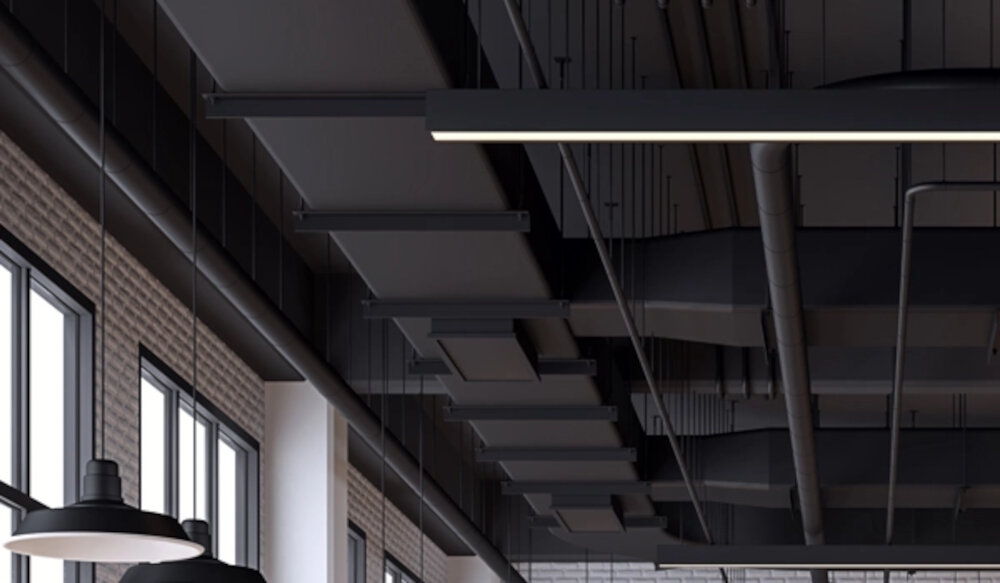
In conclusion, the electricity usage of LED grow lights varies depending on the wattage and number of hours they are used. However, compared to traditional lighting methods, LEDs consume significantly less energy while providing the same or even better results. This translates into cost savings and a reduced carbon footprint, making LED grow lights a more sustainable and eco-friendly option for indoor gardening. It is important to consider the efficiency and energy consumption of any lighting system to make informed decisions that benefit both the environment and our wallets.



